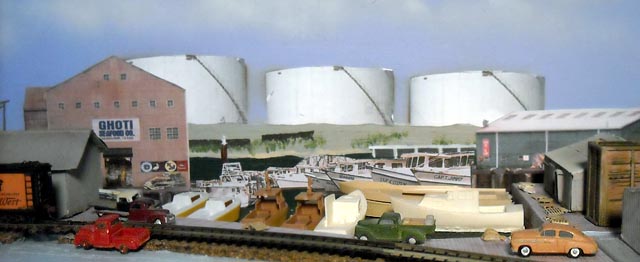“Scale Bird Droppings”

We have all probably seen pictures of “great” layouts such as George Sellios’ “Franklin and South Manchester”, Allen McClelland’s “V&O”, Tony Koester’s “Allegheny Midland”, and lots of other “notable” pikes, perhaps even your own… each of them has their own style and flavor, and all of them are pretty nice to look at. And while each of them differs in their modeling perspectives, I think it’s fair to say that one of the aspects that makes them “notable” is their overall “cohesiveness”, “consistency”, and “uniformity of style”. In other words, the modeler has done a good job of establishing his vision and applying it in a regular manner over the entirety of his layout. But there is an extra element added, at least in my own opinion, that takes a layout from being a well-built and arranged collection of parts to being a little window into another world-- and that is the level of “realism” the modeler is able to achieve, which brings us to the focus of this week’s topic:
“Does realism have to go to the extent of modeling scale bird droppings?” – Sir Madog
If you stop and think for a moment, each great layout you admire probably has a strong theme, consistency of modeling, the ability to evoke a “place” in your mind, even if it’s only imaginary, and the ability to cause you to “suspend disbelief” and draw you in into the modeler’s world. Just like in a movie or a stage production, the modeler must be able to establish a foundation of "plausible rea











